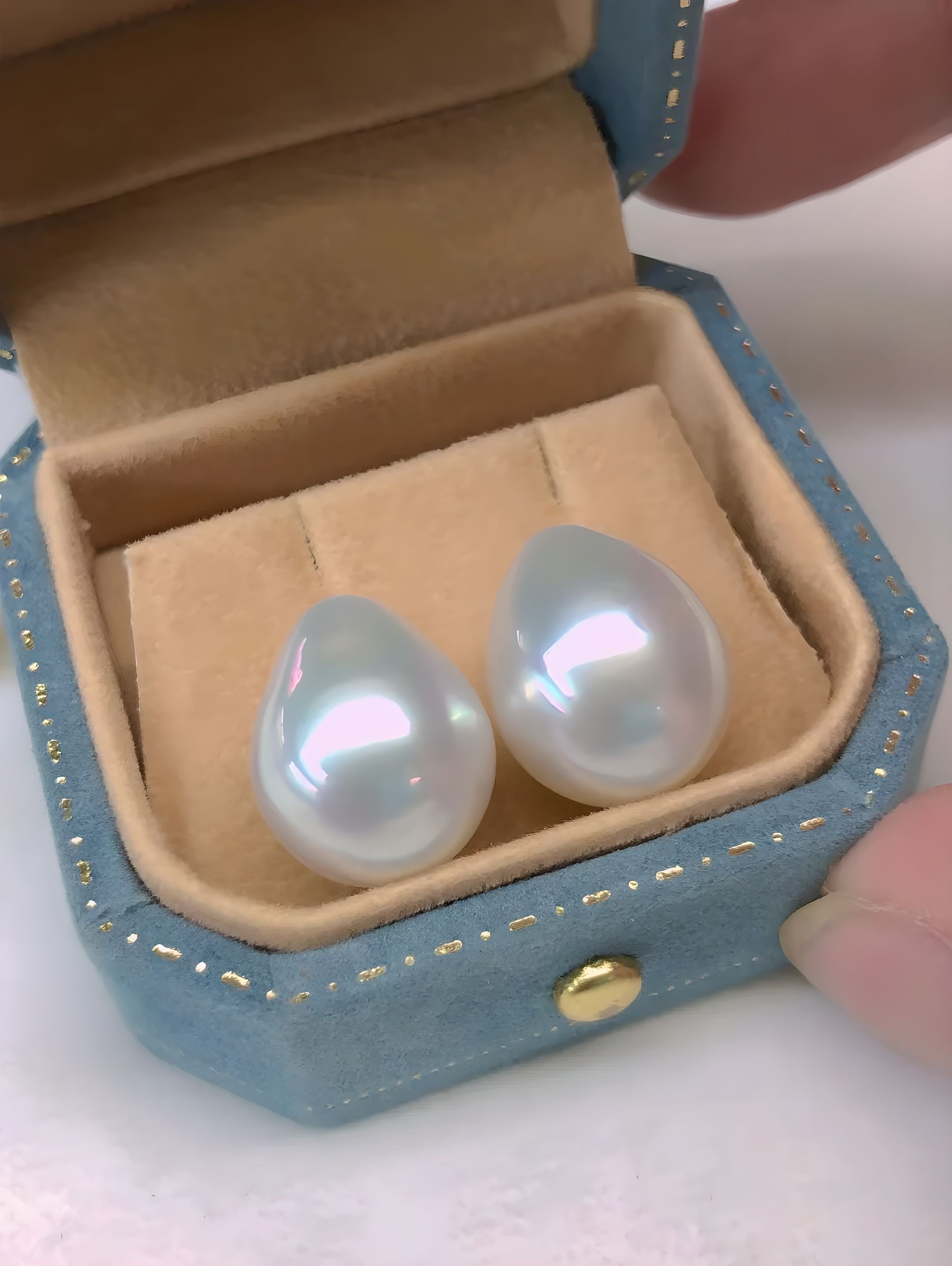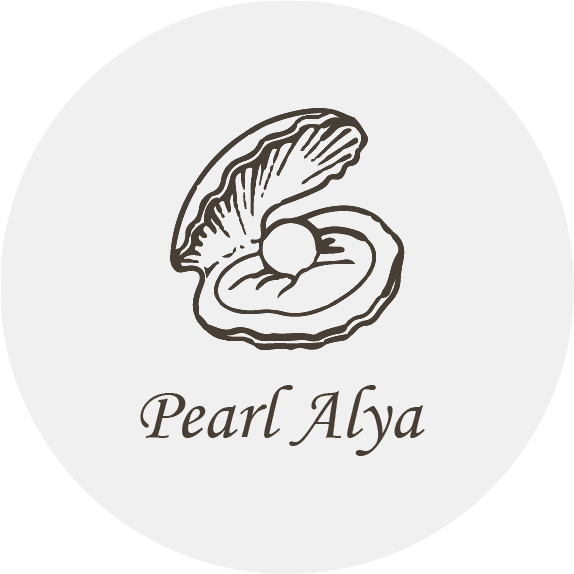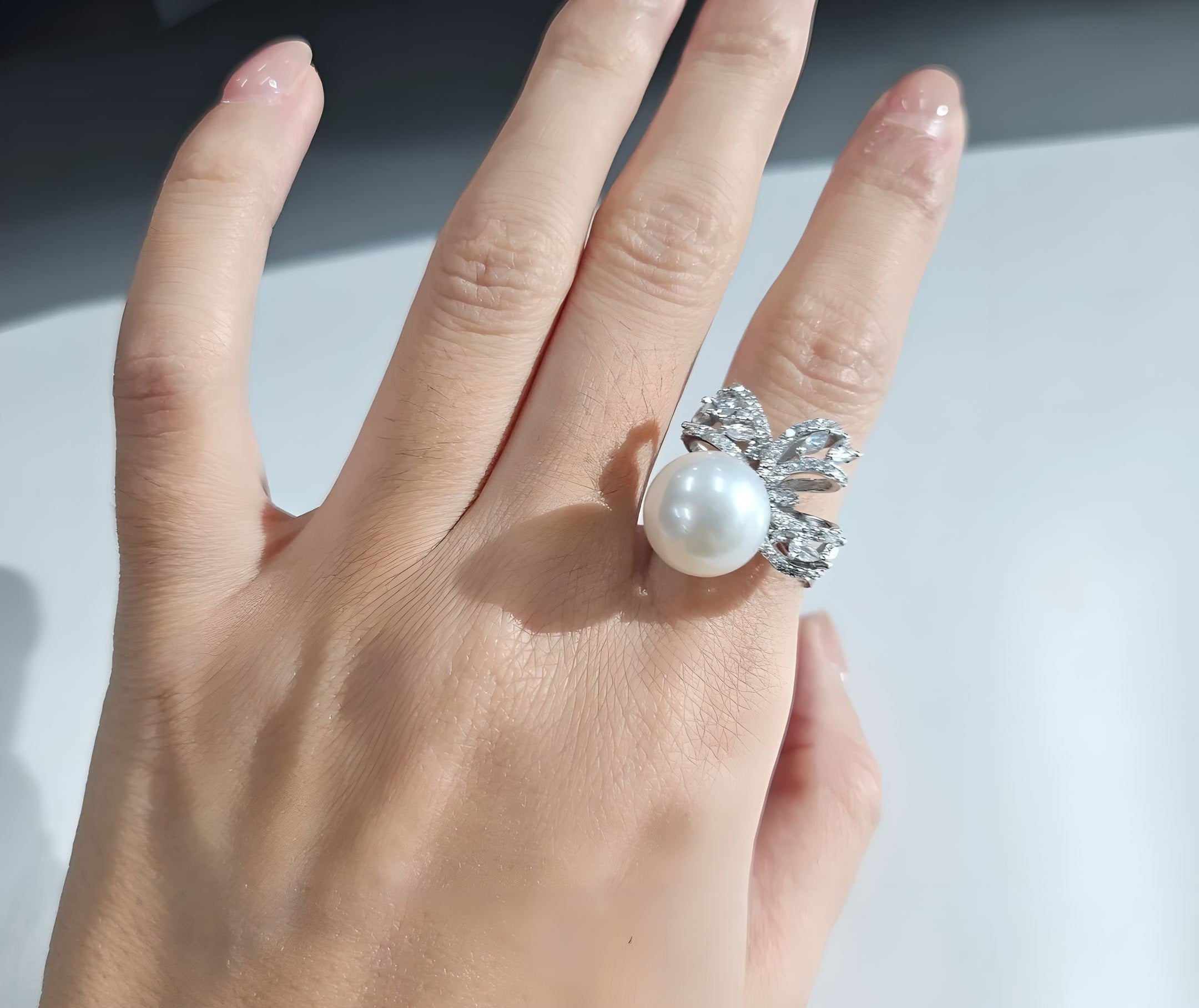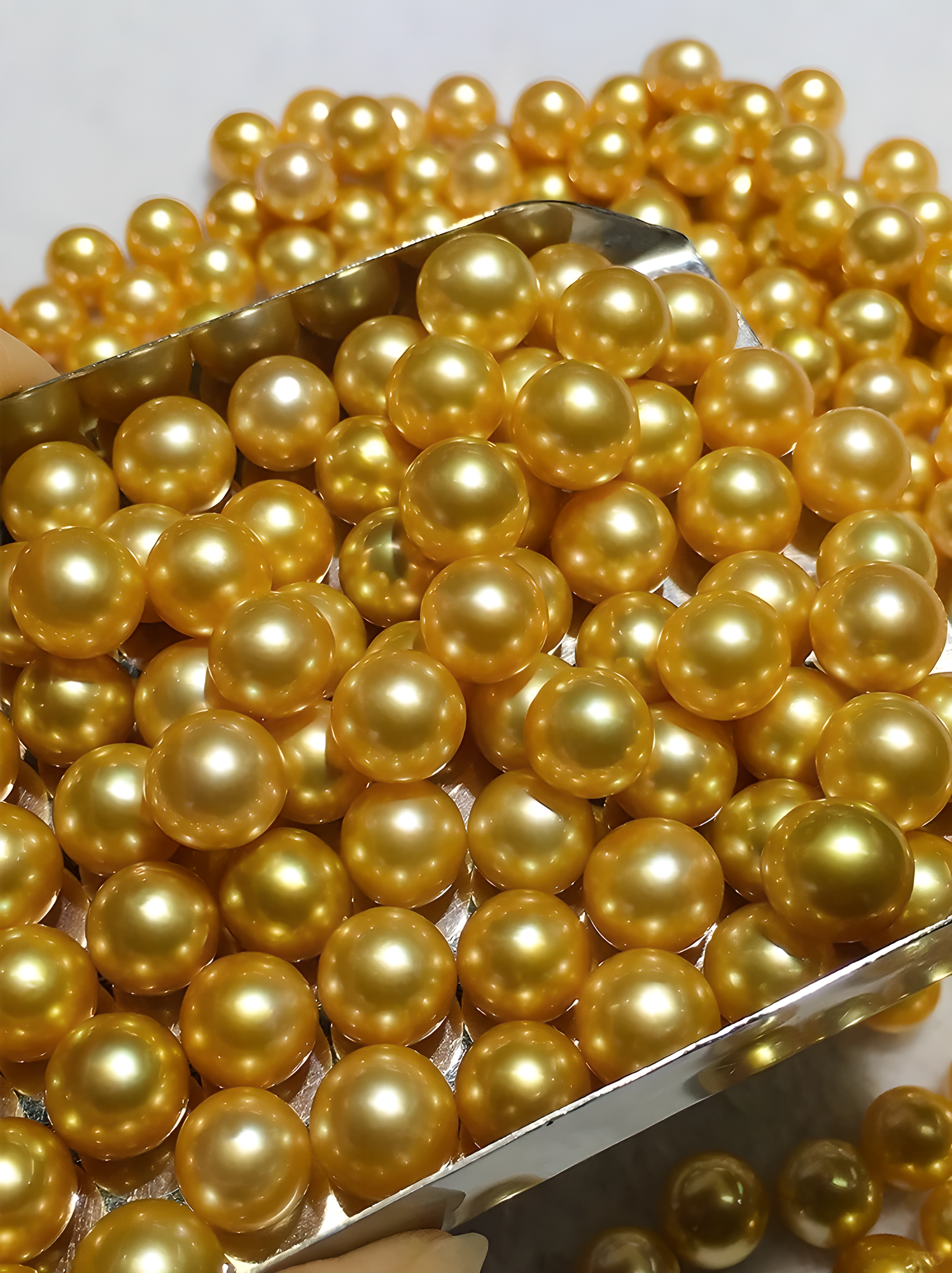
How to Evaluate Pearl Luster Like a Pro: Tips and Techniques
How to Evaluate Pearl Luster Like a Pro: Tips and Techniques
Have you ever held a piece of pearl jewelry and marveled at its vibrant glimmer, only to wonder how its shine could remain so captivating? What makes one pearl stand out in a collection, and how can you assess this luminescence accurately? In the world of luxury jewelry, understanding the luster of a pearl can seem as elusive and intriguing as the jewels themselves. This article will uncover the details behind evaluating pearl luster, offering insights into a world where light, environment, and quality merge to create beauty. Let’s explore how to assess a pearl’s glow and reveal the secrets of its shining brilliance.

Understanding Pearl Luster
What is Pearl Luster?
At the heart of a pearl’s allure lies its luster—an attribute denoting the shine and glow reflecting from the surface. A pearl with excellent luster will look radiant, almost as if it’s lit from within, enhancing its visual appeal and value. According to the Gemological Institute of America (GIA), “Luster is the quality of light reflected from a pearl’s surface, often becoming the defining feature in determining its appeal.”
Variability in Luster
Pearls are as diverse as the oceans they come from, varying in size, shape, color, and luster. Imagine holding a pearl under different lighting—whether in the soft, natural light of dawn or the harsh glare of midday sun. The same pearl will reflect these lights differently, perhaps appearing more vivid in some conditions than others. This variability depends not only on natural factors but also on external influences like light sources and environmental conditions that dictate how your eyes perceive their gleam. As noted by Pearl Paradise, various factors impact the perceived luster, ranging from the thickness of the nacre to the quality of its surface finish.
Testing Pearl Luster: Methods and Techniques
The Hand Test: A Common Misconception?
You may have seen or heard about the simple hand test—placing a hand above a pearl to assess its luster by checking the clarity of the reflected image. The misconception lies in expecting this informal test to provide the whole picture. While covering a pearl with your hand can limit how much light reaches it, forcing you to see its reflection more plainly, it doesn’t fully capture the pearl’s quality. Just as sprinting two meters won’t unveil a runner’s endurance, this singular test isn’t the benchmark for pearl evaluation.
Professional Tips for Accurate Evaluation
1. Observation Angle
A professional tip for examining pearl luster is to view them from a slightly elevated perspective, rather than directly head-on. This allows the light to catch on the pearl surface in a way that highlights its finest features.
2. Environmental Variation
Testing in varied settings—a mix of indoor and outdoor lighting, can offer a holistic view of how a pearl sparkles across different scenarios. Natural sunlight should be part of this exploration, albeit without letting the pearl simply bask in harsh, direct light.
3. Magnification Tools
Some collectors and enthusiasts employ magnifying tools to appreciate the pearl’s detailed surface intricacies. These can reveal subtle nuances in texture and nacre thickness, which play a critical role in overall luster.
Impact of Pearl Characteristics on Luster
Color, Size, and Shape
Pearls come in numerous colors, sizes, and shapes, each affecting their luster in diverse ways. For instance, a perfectly round pearl might exhibit a uniformly distributed shine, whereas a Baroque pearl, with its irregular shape, may reflect light in unexpected, dazzling patterns.
Comparison With Caution
It’s crucial to compare pearls with similar attributes—like matching twins. Directly comparing a rough Baroque pearl with a high-caliber round pearl can be misleading, given their inherent differences. Fair comparisons ensure a realistic assessment of their luster.
Conclusion
Understanding and assessing the luster of pearls is more art than science. It involves discerning subtle differences, witnessing the interplay of light, and appreciating individual beauty—making each pearl a unique masterpiece. By implementing these insights, pearl enthusiasts can make informed choices, embracing both their imperfections and their gleaming wonders. As you next admire a pearl, reflect on the layered story told through its luster—a narrative that extends beyond mere surface sparkle.
Keyword Tags: Pearl Luster, Evaluate Pearl Shine, Luxury Jewelry, Pearl Characteristics, Pearl Quality Analysis



Leave a comment
This site is protected by hCaptcha and the hCaptcha Privacy Policy and Terms of Service apply.